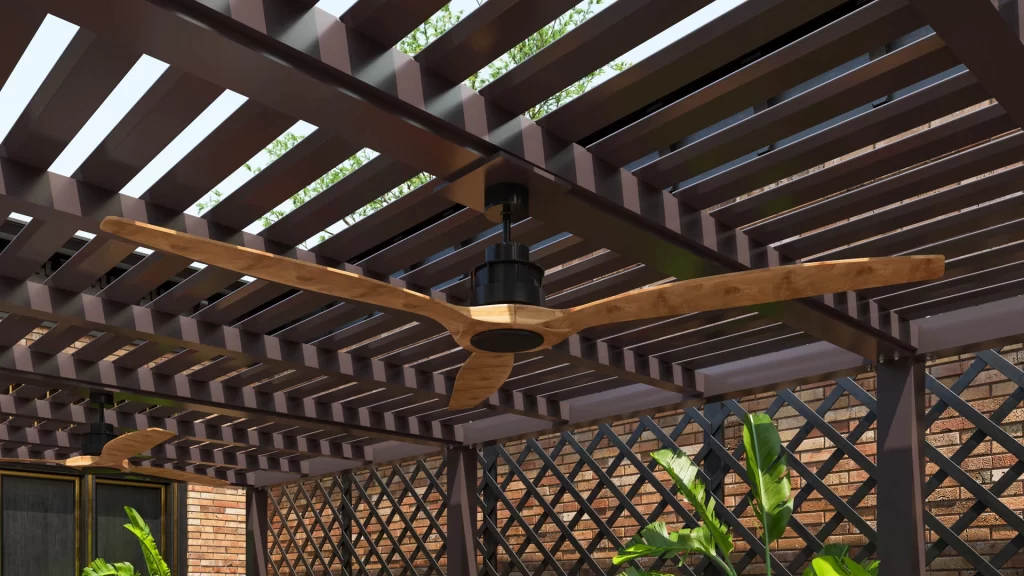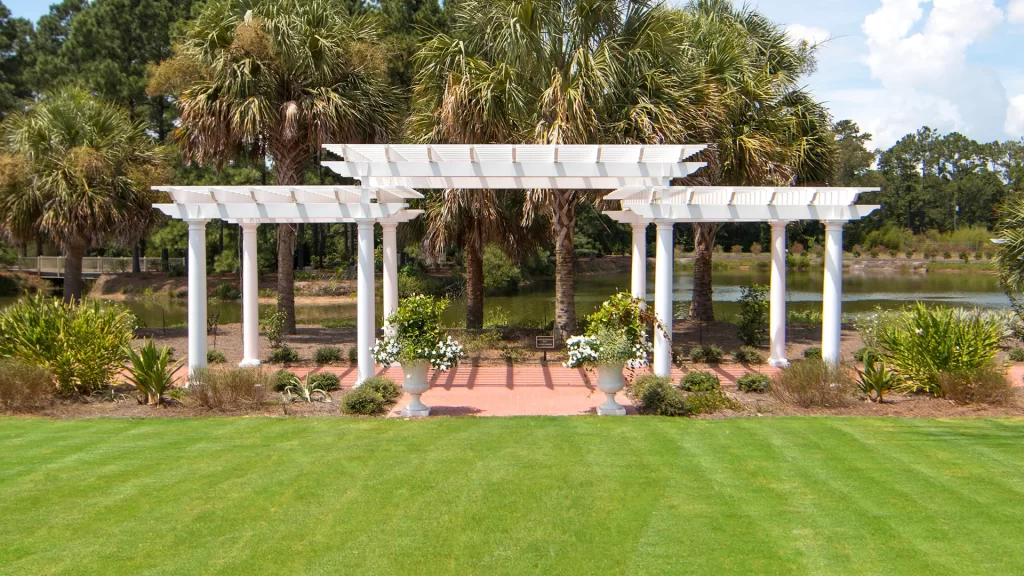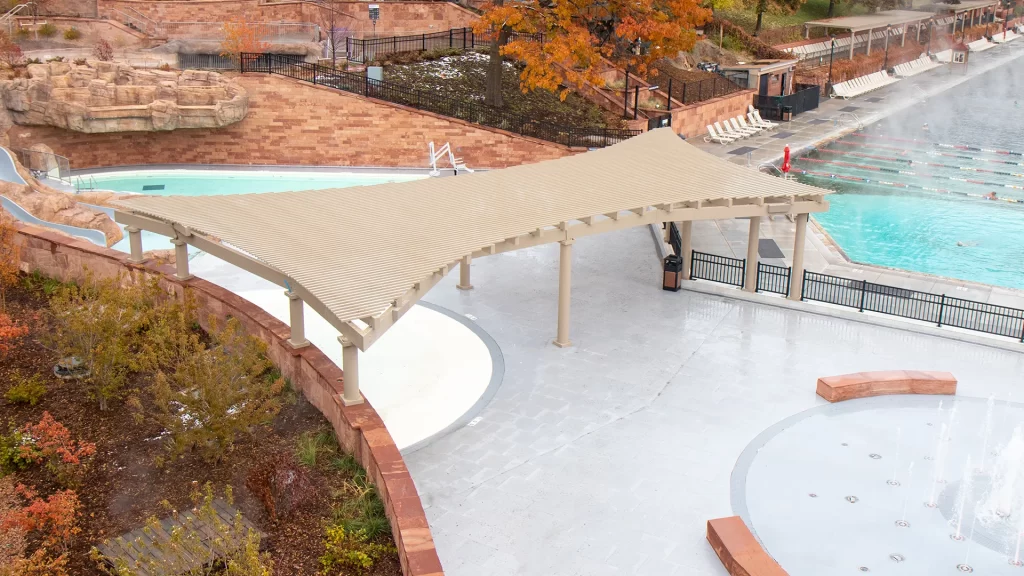After reading this guide, you’ll feel comfortable integrating a pergola in the outdoor architectural design of a garden or landscape as well as utilizing them to create beautiful and functional outdoor living spaces for commercial and residential applications. Plus you’ll have the knowledge needed to customize the pergola to your client’s exact specifications as well as speak knowledgeably about its advantages and how it benefits both homeowners and businesses.
So, settle in. There is a lot more to shade structures than first meets the eye.
What is a Pergola?
per•go•la
[pur-guh-luh]
noun
a structure usually consisting of parallel colonnades supporting an open roof of girders and cross rafters.
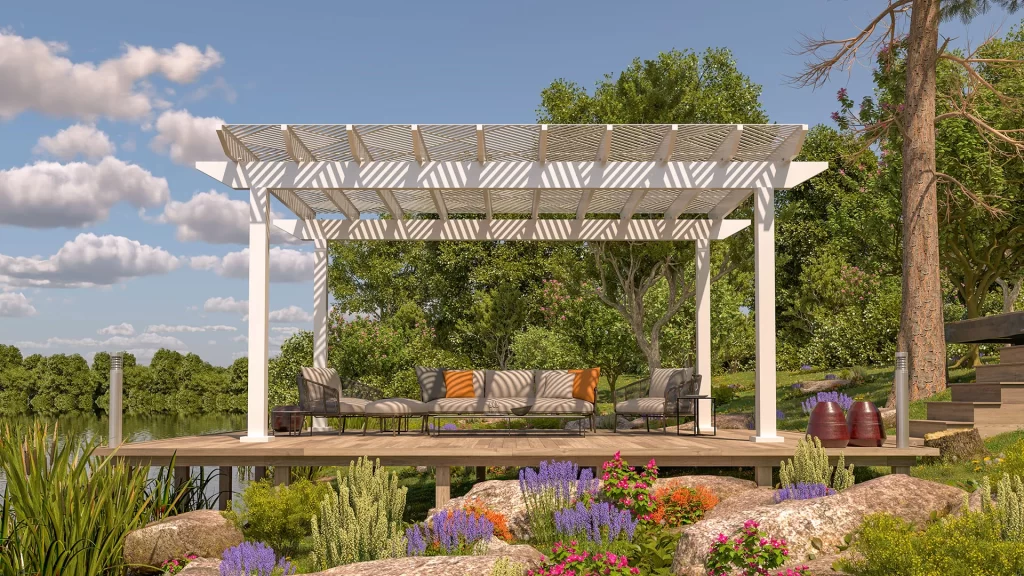
A pergola is an architectural feature consisting of columns that support a latticework of beams, rafters, and stringers. They can be freestanding or attached to a building. Commonly used to enhance outdoor living areas and decks, they can act as a simple shade structure or become more complex as the framework for an outdoor room or dining space.
Gazebo vs Pergola vs Arbor vs Trellis
NOTE: Many architects/landscape architects and other professionals may use the term trellis as a catch all for pergola structures.
In the realm of architectural features, there are four types of structures that are typically used to create outdoor living spaces and are often used interchangeably, which causes confusion. While they do have features in common, “trellis” is typically used as a catch all term for pergolas. Pergolas, arbors, gazebos, and trellises actually serve very different purposes.
Pergola
A pergola can be freestanding or attached to a building. It consists of at least four columns (or two columns and wall for attached designs) that support a latticework made up of beams, rafters and stringers to create a shaded structure perfect near a pool, on a deck or freestanding in an outdoor living space.
The space underneath a pergola can be used to shelter an outdoor living or dining area, an outdoor kitchen or even a cocktail bar.
Trellis
A trellis is a piece of latticework that can stand on its own or be attached to a wall, an arbor, a pergola, or gazebo as a place for vines to climb.
Arbor
An arbor is typically used as an entrance for a garden or walkway. Arbors can be straight or curved on the top and usually have a trellis on two sides.
Gazebo
Gazebos are standalone structures that consist of a raised platform, low walls, columns, and a complete roof. They are typically round or polygon shaped and can include bench seating around the outer edge. Many times, they are positioned away from a home or business to take advantage of views or provide an outdoor escape.
The History of Pergolas
Originally constructed of stone and brick, the use of pergolas as garden structures dates back to Egypt as early as the 1400s (https://en.wikipedia.org/wiki/Pergola) with first mention of the word “pergola” credited to Sir John Evelyn in 1645 in an Italian context. Later, in 1654, he used the word in an English context when watching the “coursing of the hares from a ‘pergola’ built on the downs of Salisbury for that purpose”.
During the 17th century in particular, pergolas were featured prominently in garden landscaping, frequently constructed from imposing stone pillars. From the Latin pergula, which refers to “projecting eaves,” the design fell out of favor in the naturalism of the 18th and 19th centuries, only to see a revival in the late 19th and 20th centuries when they were featured in the garden landscapes of Sir Edwin Lutyens and Gertrude Jekyll.
Moving into the 21st century, pergolas have risen in popularity. Instead of adhering to traditional materials and designs, they have moved away from using only wood or stone. Modern day they are constructed with a variety of materials, including fiberglass, aluminum, cellular PVC (cPVC), steel, and vinyl, though wood and stone are still options. These new materials require less maintenance and have more options to customize the design and their early relatives.
Parts of Pergola
Columns
A pergola includes at least three columns for a freestanding style and at least two for an attached style. Columns support the beams that run the width of the pergola, and the actual number will depend on the size of the structure and support needed. They are offered in a variety of styles from modern to classic, so one is sure to perfectly complement the pergola design.
Beams
Supported by the columns, beams run the width of the pergola to support the rafters and stringers. A freestanding pergola will use two beams while an attached pergola uses a beam on one side and a ledger board on the wall attached side. The ends of beams can be customized to t the style of a home, business or landscape by adhering to a traditional scrolled end or a more modern angle. Other customized end designs are available as well, depending on the pergola’s material.
Rafter
Rafters are installed across the beams and run perpendicular to them. Just as with beams, the ends of the rafters can be traditional or angled to create the desired aesthetic.
Stringers/Purlins
Installed above the rafters, stringers run perpendicular to them and parallel to the beams. Stringers aer usually evenly spaced across the top of the pergola and are typically square. Some pergola structures forego stringers, but adding them to the design creates even more shade for an outdoor space.
Ledger Board
For an attached pergola, the ledger board is affixed to the support wall where a beam would have been on a freestanding structure. It then fulfills the same role that a beam would, supporting the rafters where they meet the support structure.
Materials
While many pergolas have been traditionally constructed from wood or stone, modern pergolas use other materials such as steel, aluminum, vinyl, fiberglass, and cellular PVC. These materials have seen a rise in popularity as a result of their low-maintenance care, stunning appearance and exceptional variety.
Wood Pergola
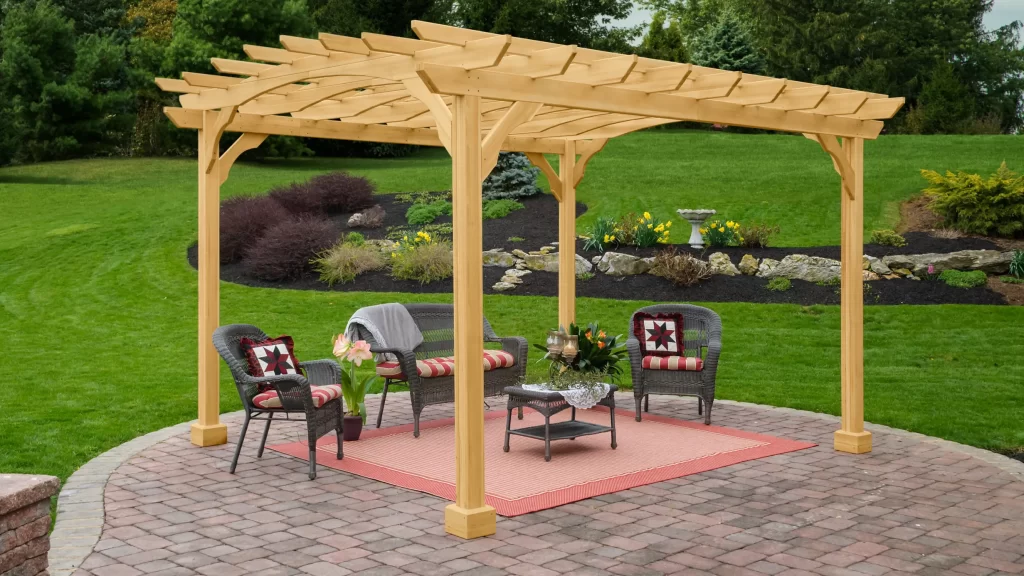
Image Credit: yardcraft.com
A wood pergola, usually contracted from woods like cedar or redwood, creates a natural look in a garden or patio space.
Wood can be stained or painted to complement a variety of design styles. It does, however, weather and fade, so maintenance is needed over the life of the pergola to restain or repaint when necessary. Sealing the wood against the elements helps prevent rotting and termites, both concerns with using wood materials.
Another issue with wood is that it can splinter. Because of this, it’s essential to make sure the wood is thoroughly sanded at the time of installation. The wood should then be checked periodically to ensure that it hasn’t splintered or become rough. This type of maintenance results in additional costs over the life of the pergola.
Aluminum
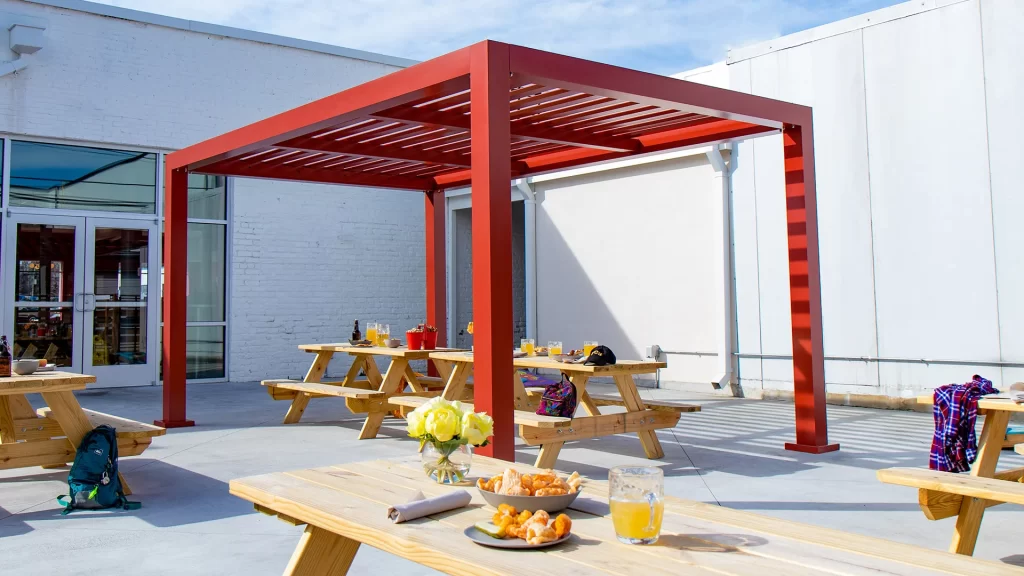
Aluminum pergolas are highly customizable, and perfect for both commercial and residential applications. Lighter weight than wood, aluminum requires very little maintenance throughout its life. Its nonporous surface allows the pergola structure to stand up to the elements without fear of rotting and aluminum is protected by a layer of aluminum oxide which protects it from rust.
Aluminum structures are available in many colors when finished via anodizing, liquid paint or powder coating. Sublimation can create a wood grain look, making finishing options for aluminum pergolas open to a great deal of customization. To keep the structure looking great requires a simple yearly cleaning with a non-toxic/non-corrosive cleaner as well as to check for loose connections.
Steel or Metal Pergola
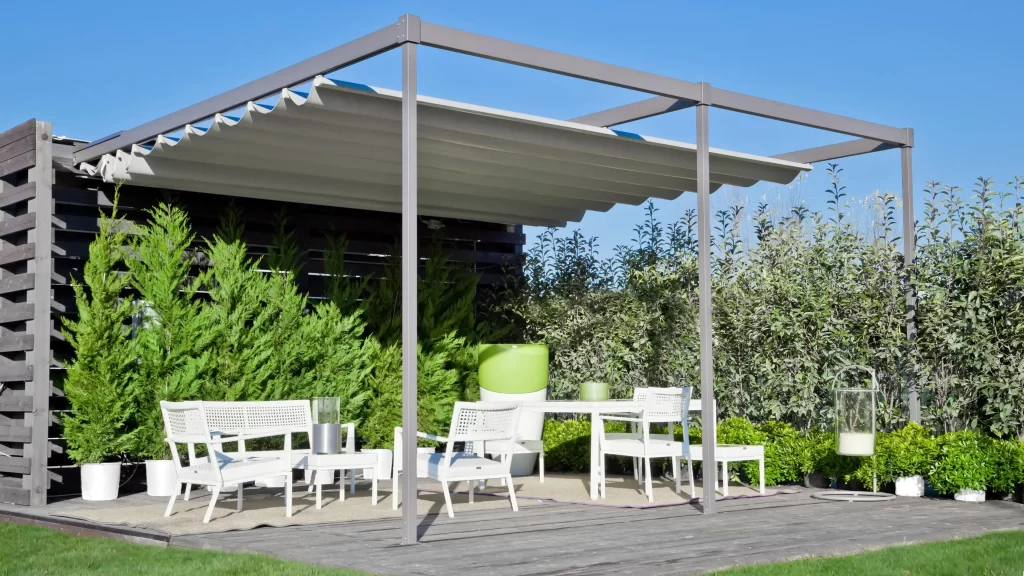
Image Credit: ArchiProducts.com
Steel is an incredibly durable and versatile pergola material and typically 2.5 times heavier than aluminum. With that weight comes incredible strength allowing steel structures to be much larger and cover greater areas than other materials. Steel is normally finished in a powder coat or liquid paint finish to help prevent oxidation or rust and can require the finish to be maintained often depending on the installation location.
There are many low cost residential steel pergola options that create a beautiful space without busting the budget. To keep a steel pergola looking great requires a yearly cleaning with a non-toxic/non-corrosive cleaner, a check for loose connections and possible spot refinishing to prevent corrosion and rust.
Fiberglass
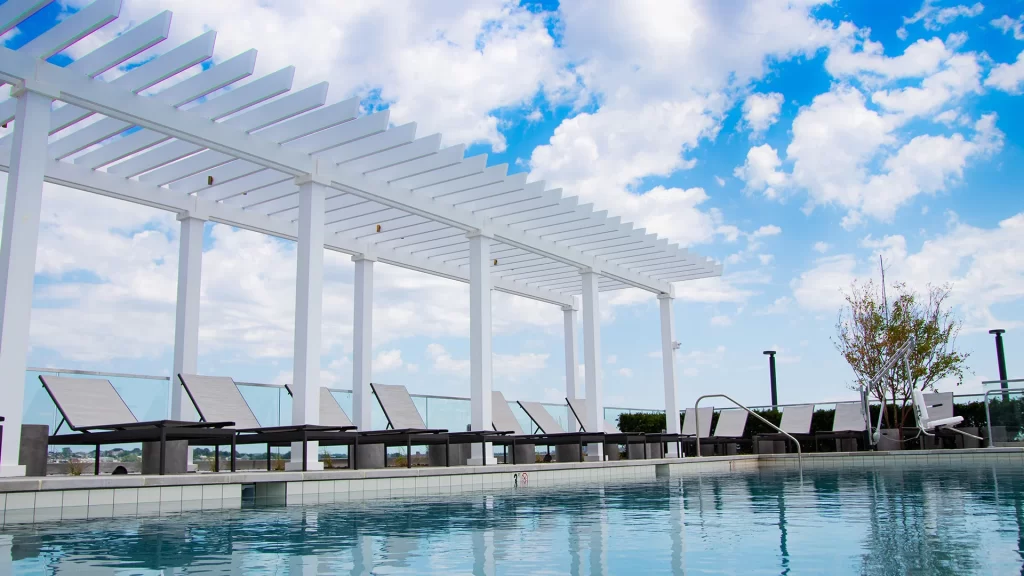
Fiberglass is an exceptionally strong pergola building material. And this strength allows it to span a wider space between columns to create a larger and more open structure than wood or other low maintenance materials.
Suitable for traditional and modern pergola designs, both residential and commercial applications, the color of a fiberglass pergola can also be customized to blend seamlessly into the landscape and existing design elements or stand out as a statement feature.
Benefits of fiberglass pergolas is that they are lightweight and are made with hollow components which allow for easy installation of lighting, fans and heaters, they also require little maintenance over their life. To keep a fiberglass pergola looking great requires a simple yearly cleaning with a non-toxic/non-corrosive cleaner as well as to check for loose connections.
Cellular PVC
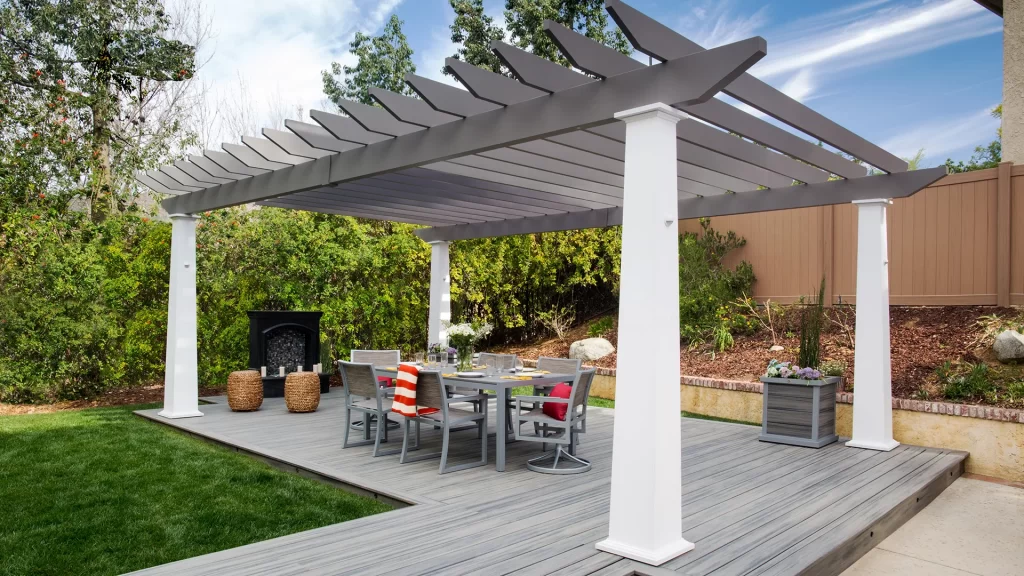
Cellular PVC is manufactured material that is used as an alternative to wood. It resists moisture penetration and won’t split or rot the way that wood can. A cPVC pergola is nearly impermeable to the elements as well as being 100% termite resistant.
Easier to paint than wood, this material holds color exceptionally well. It also allows for a high level of customization in the design. Maintenance for a cPVC pergola is nearly nonexistent beyond ensuring that it is cleaned periodically with a non-toxic/non-corrosive cleaner as well as a check for loose connections.
Vinyl
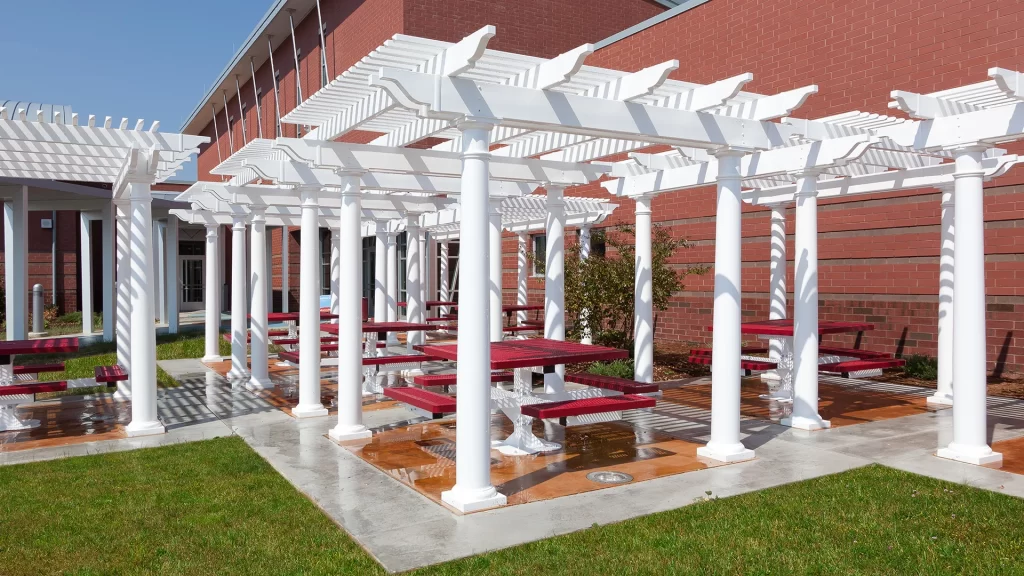
Vinyl is the least expensive pergola material, but even with a lower cost, durability and looks aren’t compromised. Needing only periodic cleaning, vinyl pergolas can withstand the elements while looking amazing. This material allows you to create a defined outdoor living spaces with a smaller budget.
Concrete
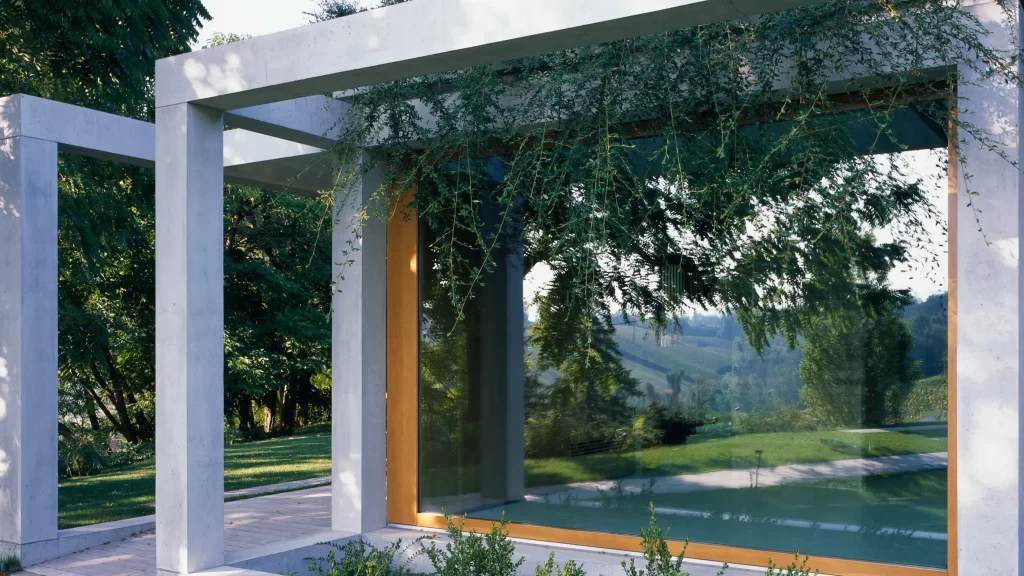
Image Credit: dezeen.com
Leaning heavily on tradition, precast stone or concrete pergolas will stand the test of time and elements and make a statement for years to come. Maintenance is minimal with only the occasional need for a power wash or spot cleaning. Cracks or chips are easily repaired by mixing additional concrete and blending it into the damaged area.
Types of Pergola Design Ideas
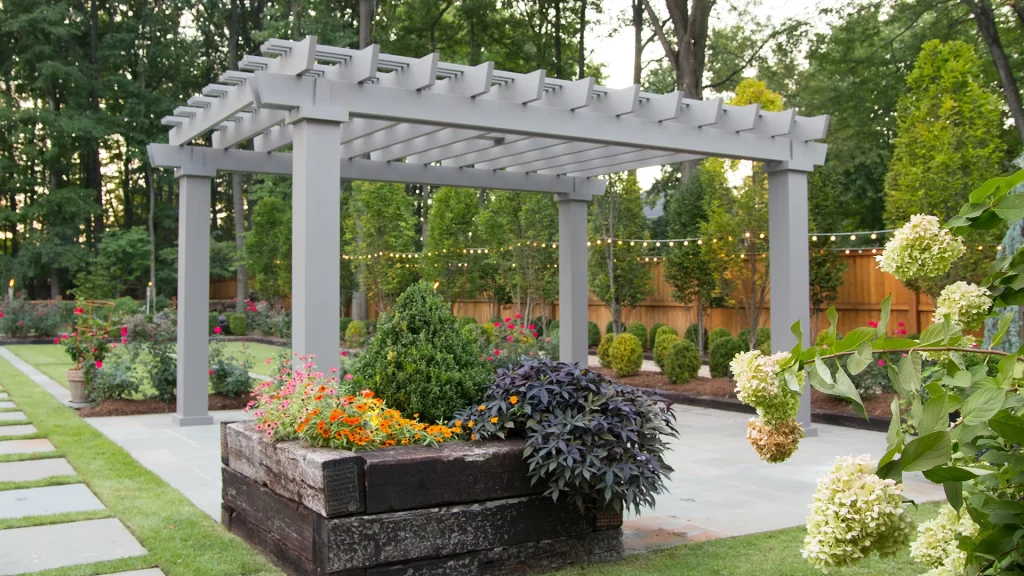
Freestanding pergolas stand independent of other structures. Because they stand on their own, their placement is highly flexible. They normally require a minimum of four columns to support the pergola structure and must be anchored properly. Columns may be anchored to concrete footers, a concrete patio, a deck, a buildings structure, in a rooftop application or using other attachment methods depending on where the structure will be installed.
A freestanding pergola creates a defined space that can be located anywhere shade is needed to shelter an outdoor living area, grill setup, cocktail bar, or in the above case, even an oversized outdoor chess set. It’s applications are really only limited to what the imagination can dream up.
Pergolas that stand independent of a structure may need to comply with municipal laws that prevent structures from blocking the views of neighbors or neighboring buildings. It’s important to research the particular area to ensure that any necessary permits are acquired before beginning installation.
Attached Pergola Design
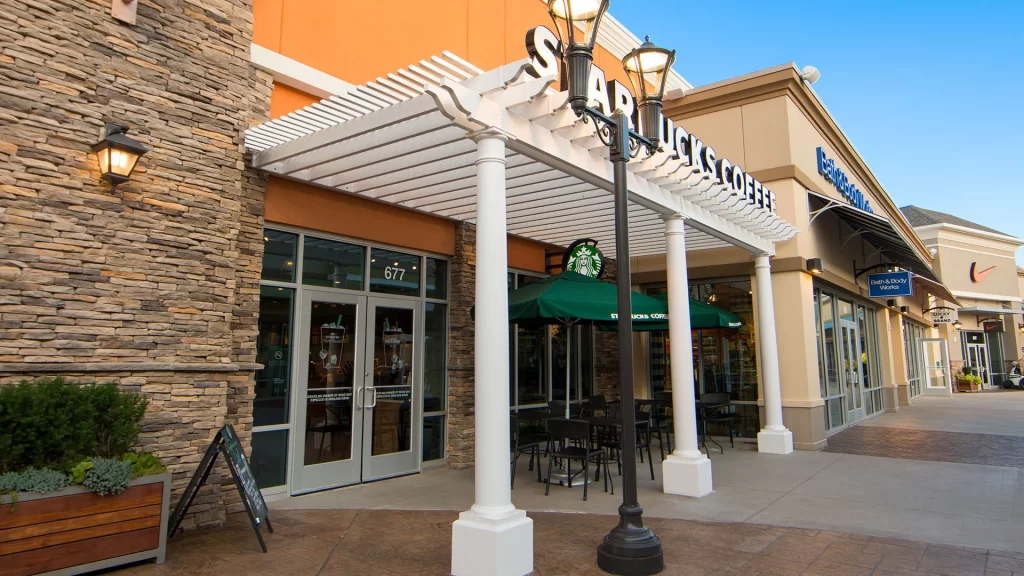
Attached pergolas utilize a structure to support one or more sides rather than columns. On the attached side, a ledger board runs along the structure and supports the rafters that run perpendicular to it. This pergola style normal requires a minimum of two columns to support the side that is not attached to an existing structure. The columns will need to be anchored properly to provide structural integrity.
Choosing an attached pergola can create a smooth transition from indoor to outdoor spaces for residential applications such as a deck, patio or landscape area. They are also ideal for commercial application such as restaurant patio, a multi-family outdoor living space or to shade the decking near a pool.
Pergolas that are attached to a structure may require permits or be subject to additional taxes, so it’s important to do the research before installing one in a commercial or residential space.
Wall Mounted Pergola Design
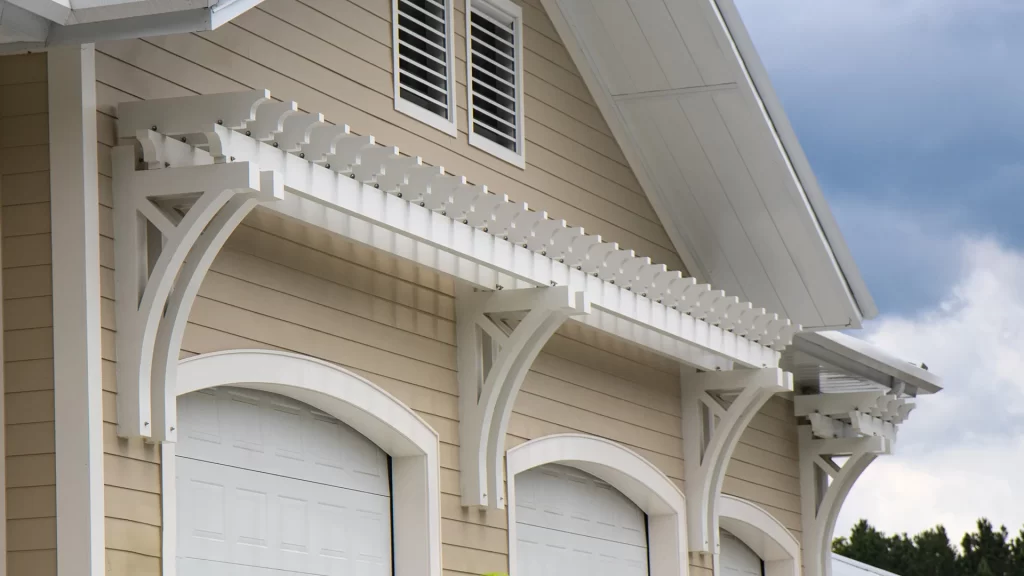
Wall or eyebrow pergolas are much narrower than a standard pergola and are attached to a structure on one side. Mounted to a wall, they provide shade over walkways, windows, garage doors, and entryways. Because they are so narrow, they don’t require columns to support the unattached side.
To create and eyebrow pergola, beams are attached directly to the supporting structure and then rafters and stringers are added. Canopies can also be added to provide additional shade and sun protection.
Pergola Roof Types
As with many other elements of pergola and shade structure design, the type of roof you choose is customizable with a wide range of options.
Traditional Pergola Slats
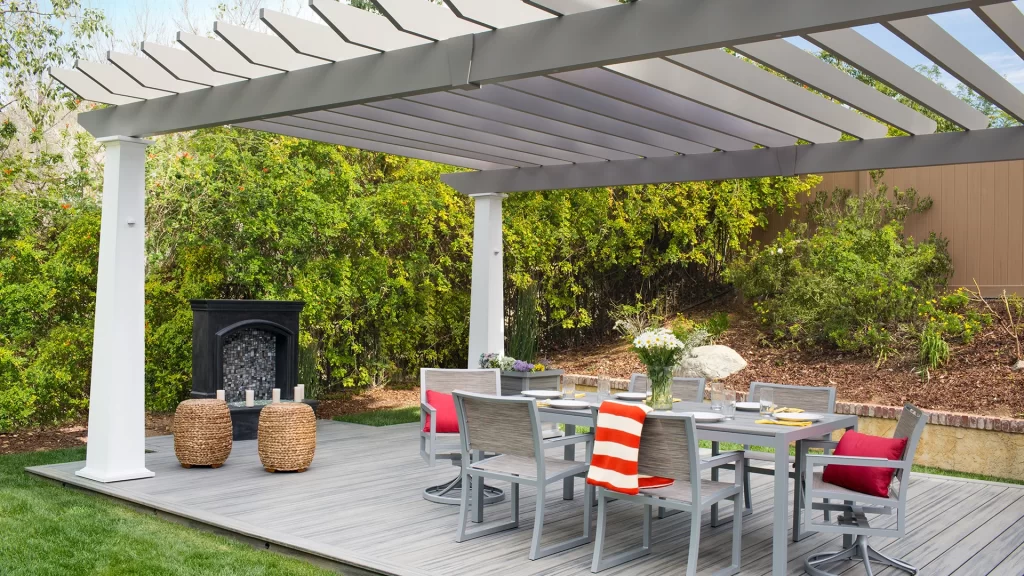
The most traditional pergolas adhere to the roof design of at least two beams supported by columns (or an existing structure in the case of an attached pergola) with rafters supported by the beams and running perpendicular to them. The design is topped off with evenly spaced stringers.
This structure creates shade at the same time that it allows light to filter through, creating a pleasant outdoor living area.
Diverging from the traditional design, many pergola designs choose custom spacing over evenly spaced rafters and stringers. The ends of the beams and rafters can also be customized to create custom curves, blunt edges, or streamlined angles.
Louvered Pergola and Motorized Pergola
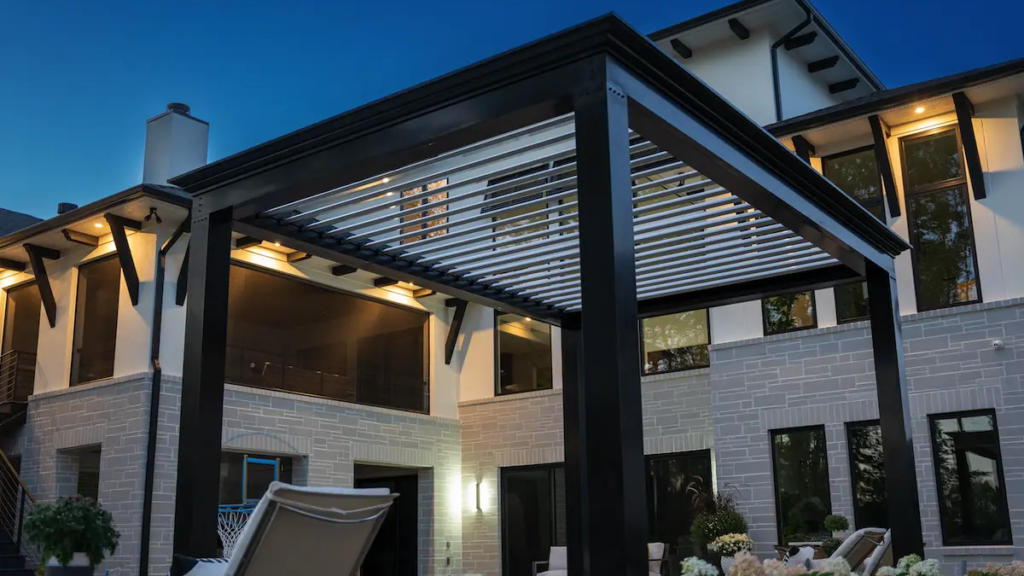
Image Credit: theluxurypergola.com
For a customized design and shade experience, louvers can be added to the roof of a pergola, taking the place of traditional rafters and stringers. Whether motorized or manually operated, louvers can be adjusted to allow sunlight to flood in or create shade when needed.
Fixed Pergola Shade Canopy
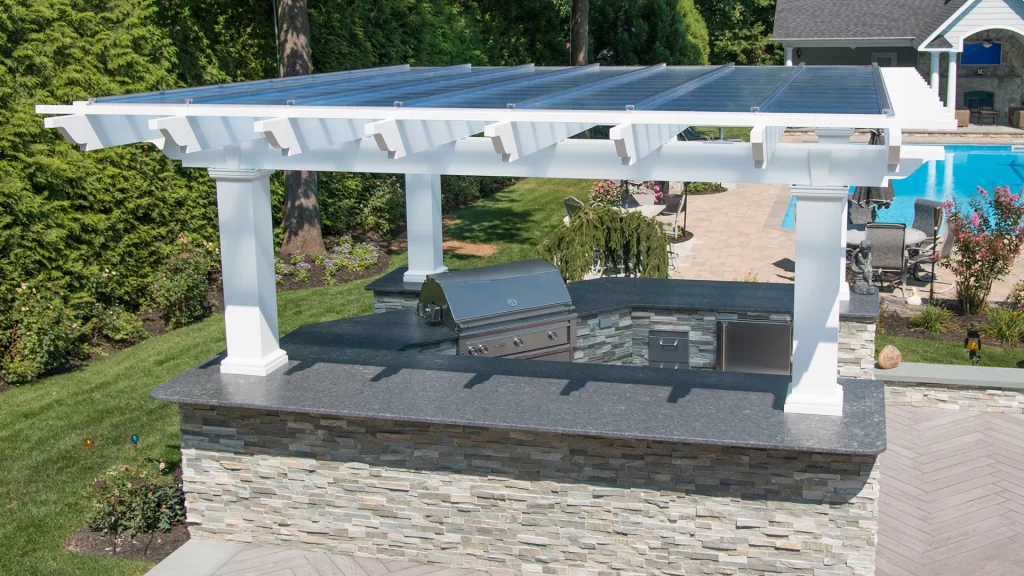
Depending on the pergola’s purpose, it may need to offer more shade or protection than traditional stringers provide. This is a great opportunity to integrate a hard or fixed canopy. These canopies are usually made from polycarbonate materials.
Because they are translucent, they still allow light from the sun to filter through the canopy, but they also block rain and snow from preventing the use of the pergola during less than ideal weather. Adding this type of canopy ensures that the space beneath the structure will be protected from the elements as well as those that are utilizing the outdoor spaces.
Retractable Canopy 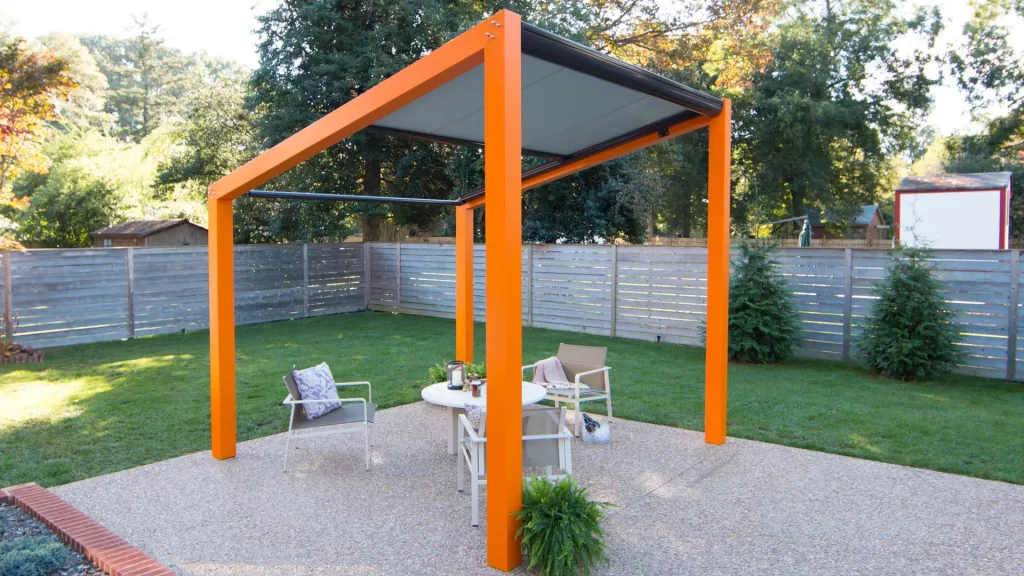
For a more flexible shade canopy, manually retractable and motorized canopies are excellent options that allow users to customize their pergola from day-to-day, blocking sun or rain as necessary.
One way in which these canopies are installed is using a wire or cable system attached to the pergola that allows the eyelets installed on the fabric to slide along wires to extend or retract the fabric. They can be partially or fully retracted to create the ideal outdoor environment. Other fabric canopies are draped over tracks and can be pulled in one direction or the other to create a customized shaded experience.
Retractable canopies come in different fabric options that include waterproof or water resistant fabrics. There are also many colors and patterns to choose from that will complement the design of the pergola and surroundings.
Motorized canopies are a convenient option for creating sun or rain protection with the touch of a button. Designs can be at or angled and partially or fully retracted for an added element of flexibility to the pergola design.
Fabrics for motorized pergola canopies are available in many different color and pattern choices that lend themselves to a variety of design styles. There are also options that allow for waterproof or water resistant materials.
Tension-Type Pergola Shades
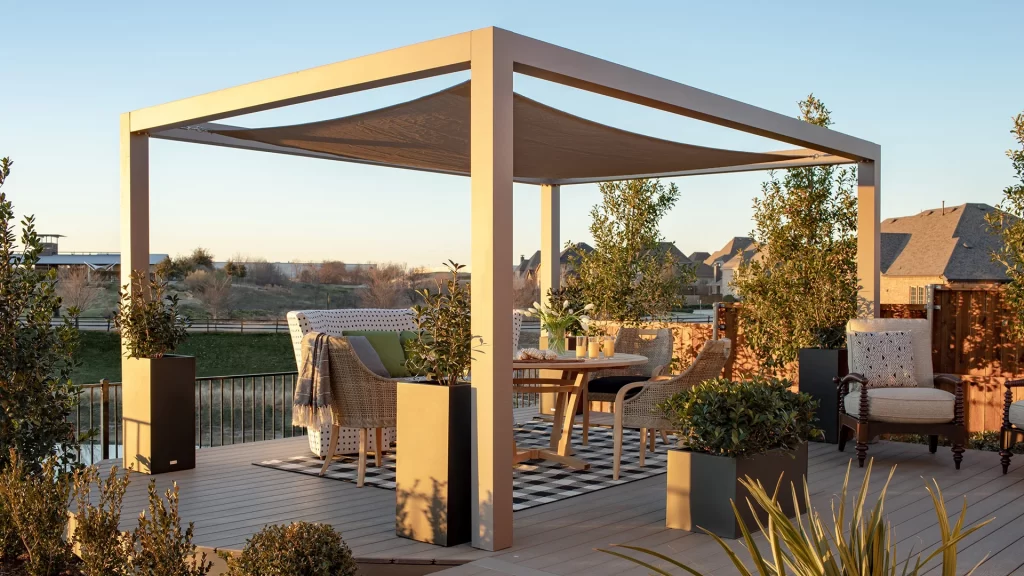
Adding a tension shade sail to a pergola is another way to create additional shade for an outdoor living space. A tension shade sail affixes to the pergola and is pulled tight, spanning most of the pergola’s roof.
There are two ways to secure a tension shade sail that creates an aesthetically pleasing canopy.
- First – A wire or cable is included around the perimeter of the shade sail that allows tension to be evenly distributed.
- Second – Alternating the height of attachment points allows the shade sail to be pulled by opposing forces to increase the level of tension. This height variation, however, isn’t essential, and tensioned shade sails can also be successfully installed on at pergolas.
A correctly tensioned shade sail will reduce flapping as a result of wind and extend the life of the fabric.
Pergola Privacy/ Pergola Shade Ideas
Screened Pergola Design
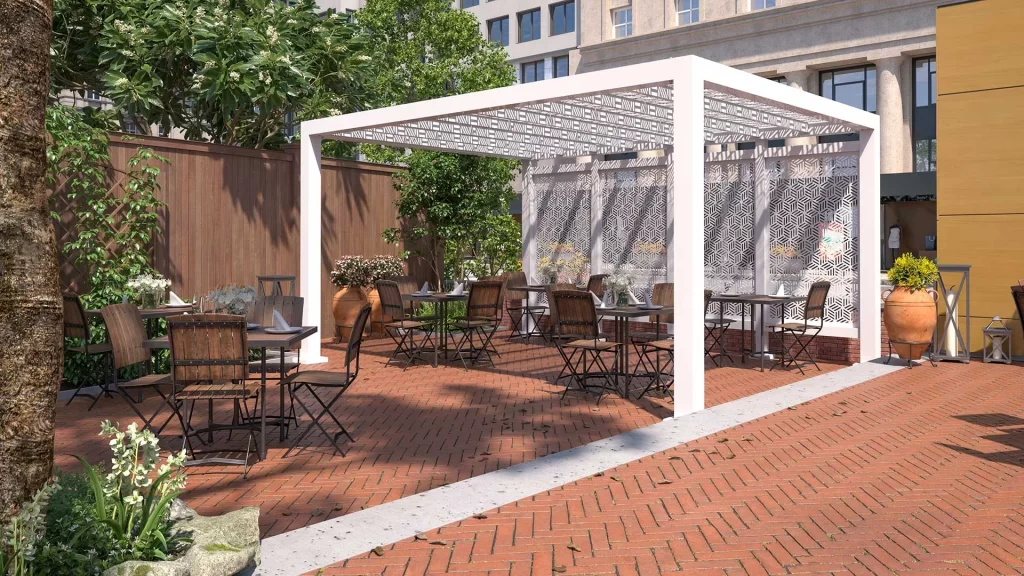
Depending on the placement of the pergola and its surroundings, additional shade may be needed on the sides to create a comfortable outdoor living space. The setting sun, breezy winds and rain are a few factors that could render a pergola less comfortable and reduce its use during those times.
But installing a pergola shade on one or more sides can block the elements and increase the level of pergola usage while also creating additional privacy.
Screens can be purchased in multiple dimensions or custom cut to perfectly fit the structure. A variety of color and fabric density choices mean that there will be a screen to complement and enhance any pergola design.
Architectural Screened Pergola Design
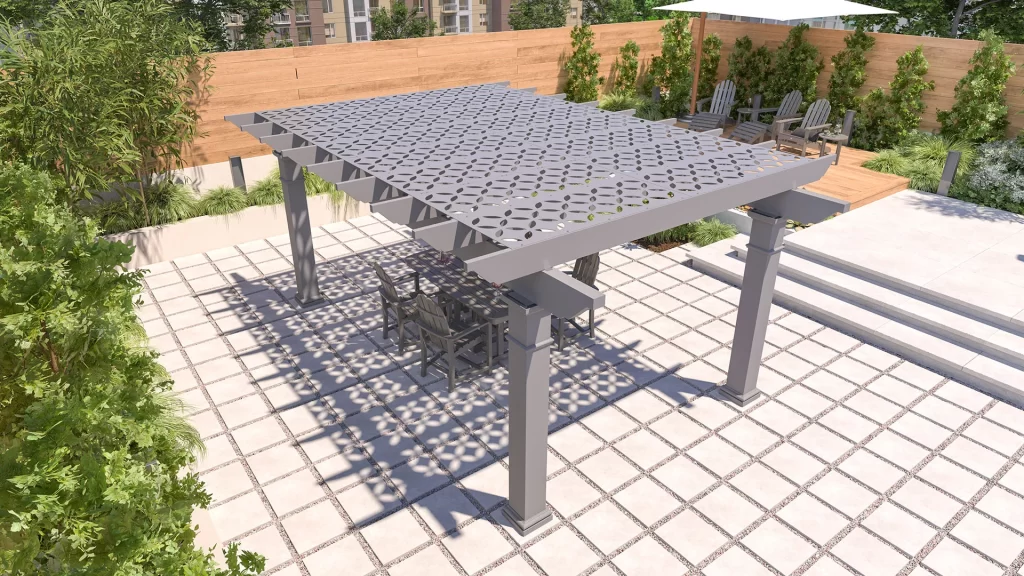
Pergola shade screens can be added to a pergola to create additional privacy and respite from the sun while simultaneously adding an interesting visual design element.
Pergola Trellis
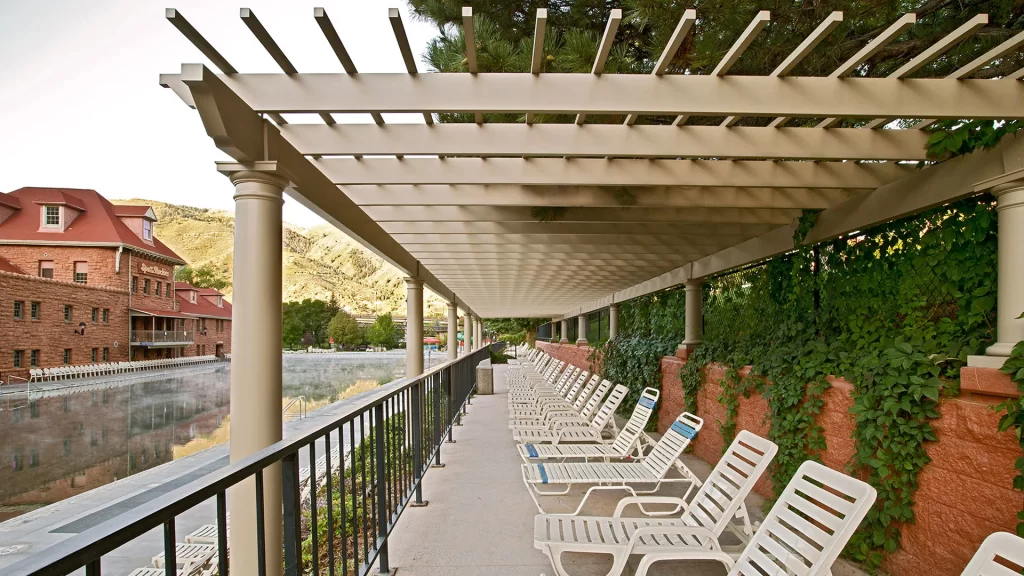
Adding a trellis to a pergola design gives vines an additional place to climb, creating a living wall that provides privacy and shade when enjoying the outdoor living space.
Pergola Vines
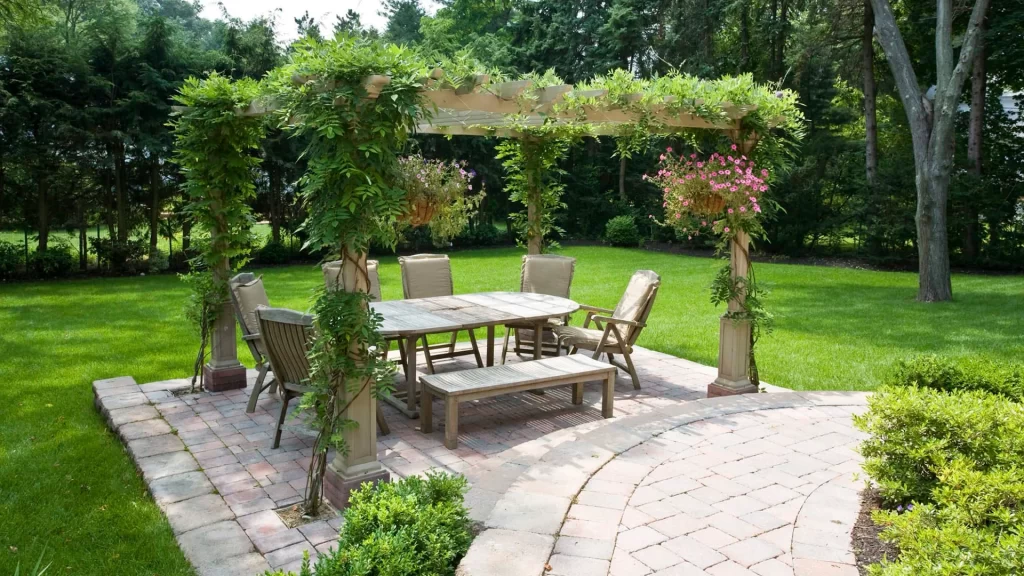
Image Credit: shadefxcanopies.com
One of the most traditional uses for a pergola, besides creating an outdoor living area, is as a place for vines to climb. Winding their way up the columns or an added trellis and then sprawling their way across the pergola roof, vines establish a natural wall that can protect the users from the elements and add privacy.
There are lots of climbing plants to choose from. Roses, bougainvillea, clematis, and virginia creeper are popular options as they thrive as they climb upwards.
As always when dealing with plants, it’s important to research the particular growing zone and decide on the best plant for the area’s weather conditions. It’s also important to do the research to ensure the plants won’t damage the structure. Wisteria and English Ivy, for instance, are difficult to control and can damage the pergola over time.
Pergola Curtains
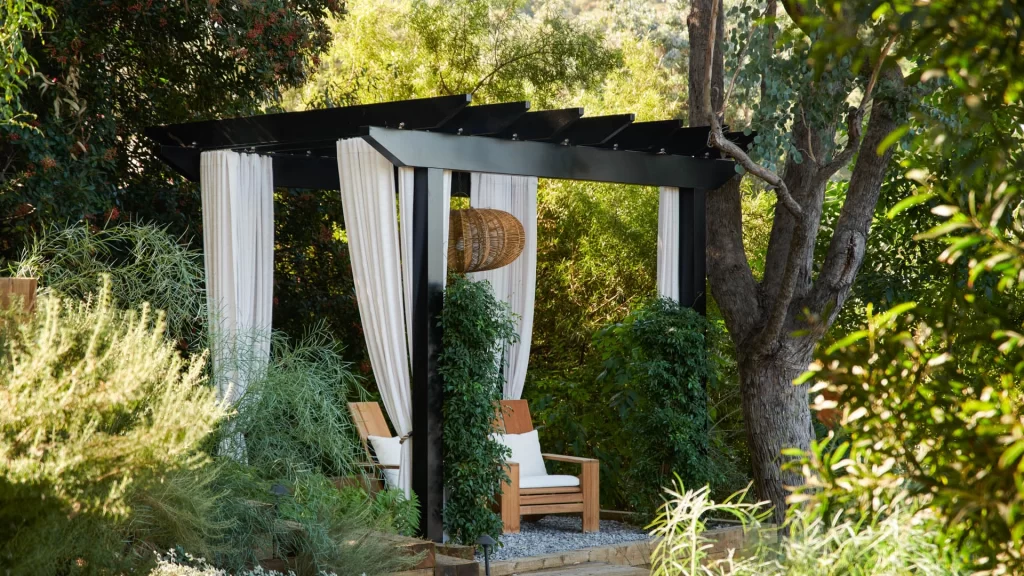
Adding an element of luxury and ambiance to a pergola can be as simple as installing outdoor curtains around the perimeter. Curtains also offer flexibility as they can be fully or partially open or closed, depending on weather conditions and the desired level of privacy.
There are lots of options for outdoor curtains, and installing them is as easy as attaching an outdoor curtain rod to the sides of the pergola and threading the curtains onto the rod. This fairly simple addition comes in a variety of colors and patterns and instantly creates the feel of a private beach cabana or luxurious garden retreat. Be sure to choose a durable fabric that is mold and mildew resistant. You can choose sheer curtains that allow in lots of light and treat them with a waterproof spray or go for a heavier material that blocks light and creates a greater amount of privacy.
Pergola Design Styles and Unique Pergola Ideas
For a modern look, choose a box frame pergola with clean and simple lines.Beams and rafters with blunt ends create the streamlined look that complements the clean lines of a modern aesthetic. Modern styles can also step away from traditional design by customizing the roof design through the use of creative rafter and stringer spacing or creating a truly one-of-a-kind structure with motorized canopies or louvers.
Traditional Pergola Design
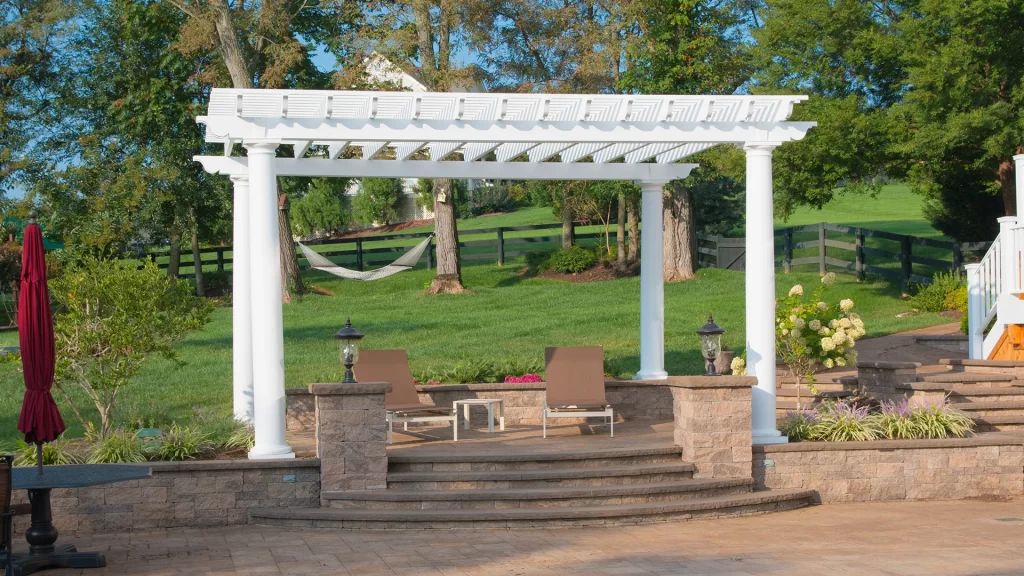
Traditional pergolas adhere to a design featuring scrolled ends on the beams and rafters. Roof elements are evenly spaced and supported by columns that are either round or square and generally include a decorative element.
Contemporary Pergola Design
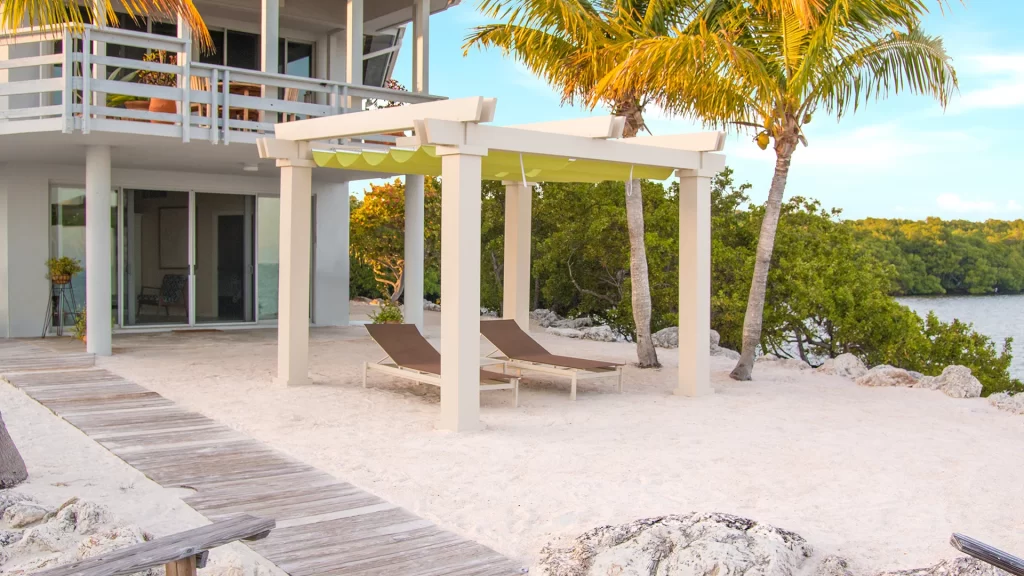
Contemporary pergolas include a variety of design styles such as arch tops, curves, and I beams. Columns can fall into the traditional category with decorative elements or be more streamlined simple square posts. These customized elements create a beautiful and decorative pergola that adds shade while complementing a contemporary design.
Angled end styles create a streamlined look that complements contemporary designs can also be incorporated.
Pergola Columns

Yet another way to add customization and personalization to a pergola design is to choose a column style that perfectly complements the desired aesthetic.Column styles range from simple and square to the traditional round style and tapered columns are wider at the bottom and get narrower as they reach the beam.
Beyond traditional column choices, there are lots of options for customization that will create the perfect look and desired aesthetic.
Curved Pergola
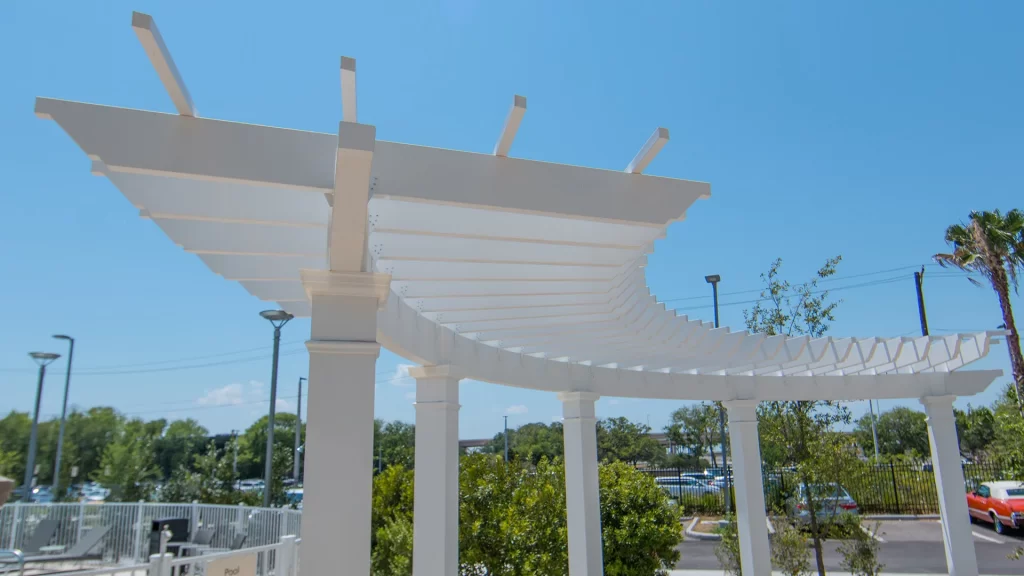
Curved shaped pergolas add a unique rounded edge to your outdoor design. Different column styles can add more customization options that create the perfect look.
Colors/Finishes
A further way to customize a pergola is to choose from the wide range of colors and finishes that are offered for pergola designs.
Wood Grain Pergola
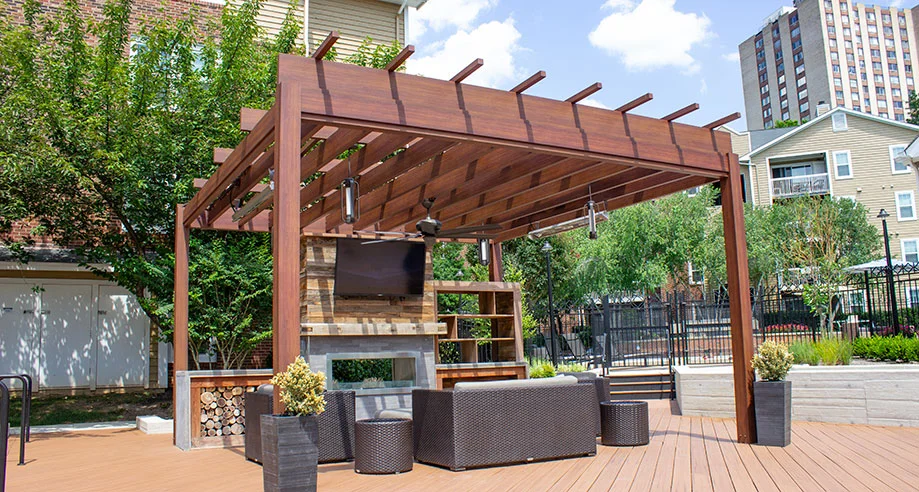
A woodgrain finish creates the look of wood but without the added maintenance of an actual wood pergola. The woodgrain look blends with a natural setting or adds a natural element to an open patio. Unlike wood, a woodgrain finish won’t fade or need restaining.
White Pergola
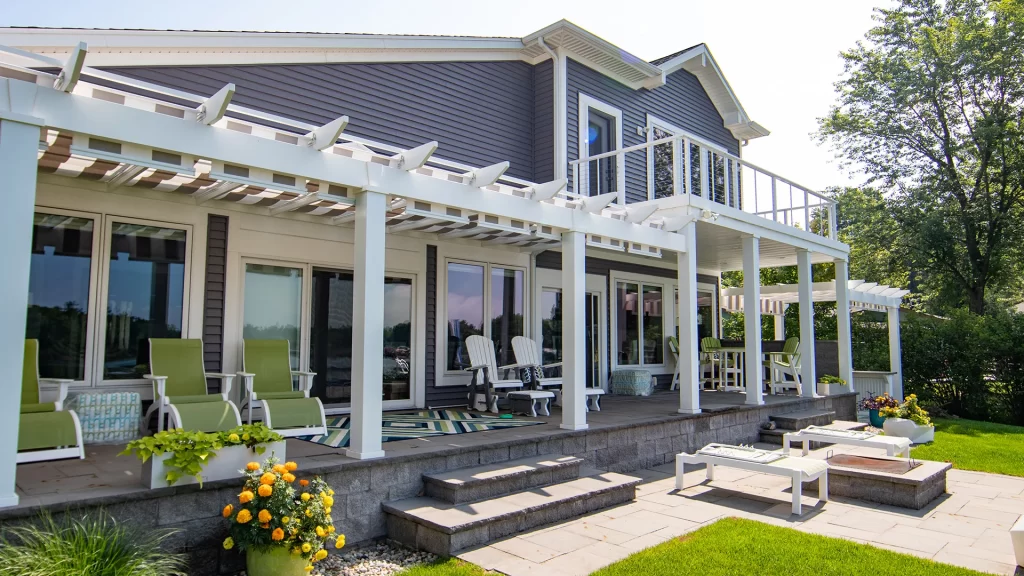
Classic and clean, white complements nearly any design and allows the pergola to stand out.
Grey Pergola
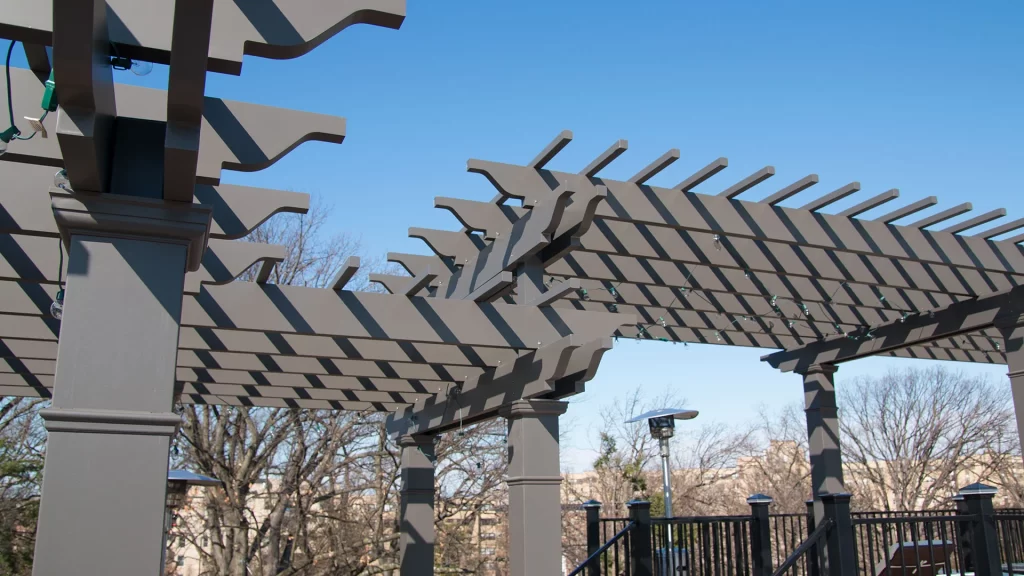
Gray is really having its moment right now. From modern farmhouse to industrial, it complements a wide variety of aesthetics and is beautiful without being overstated.
Black Pergola
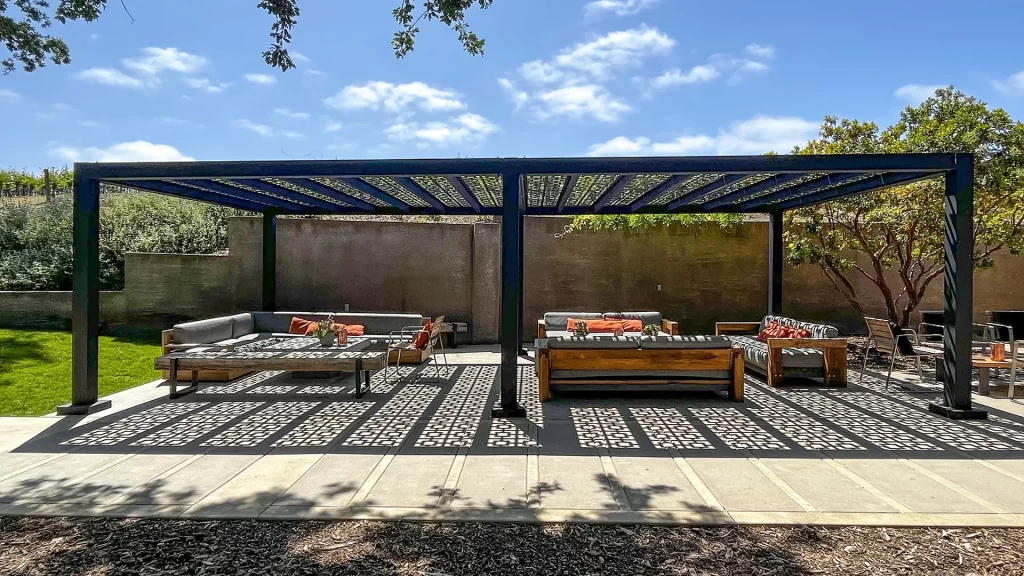
Black makes a strong statement and allows the pergola to be a real focal point of the design.
Red Pergola
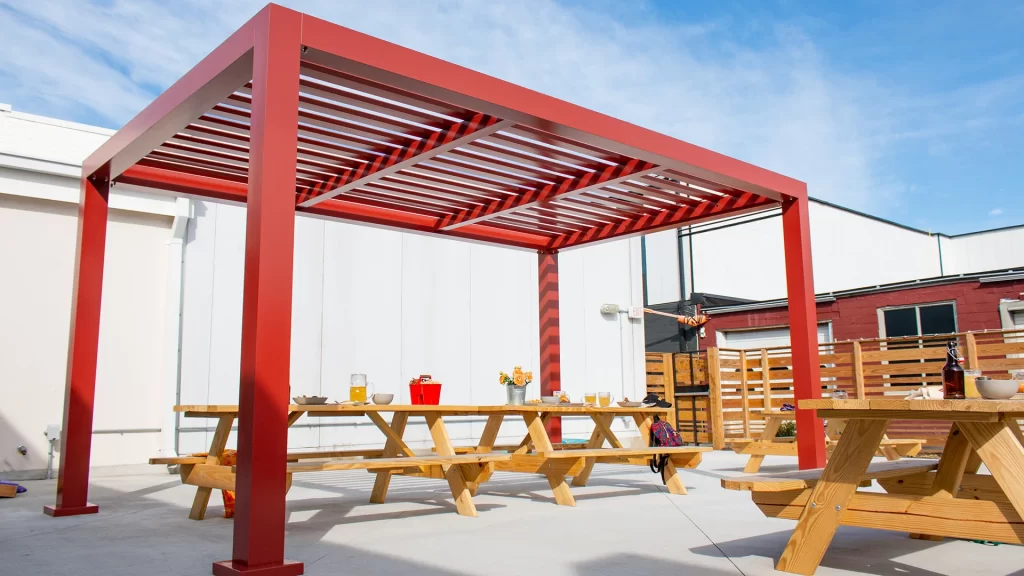
A red pergola is eye-catching and exciting, creating a fun retreat from the sun.
Brown Pergola
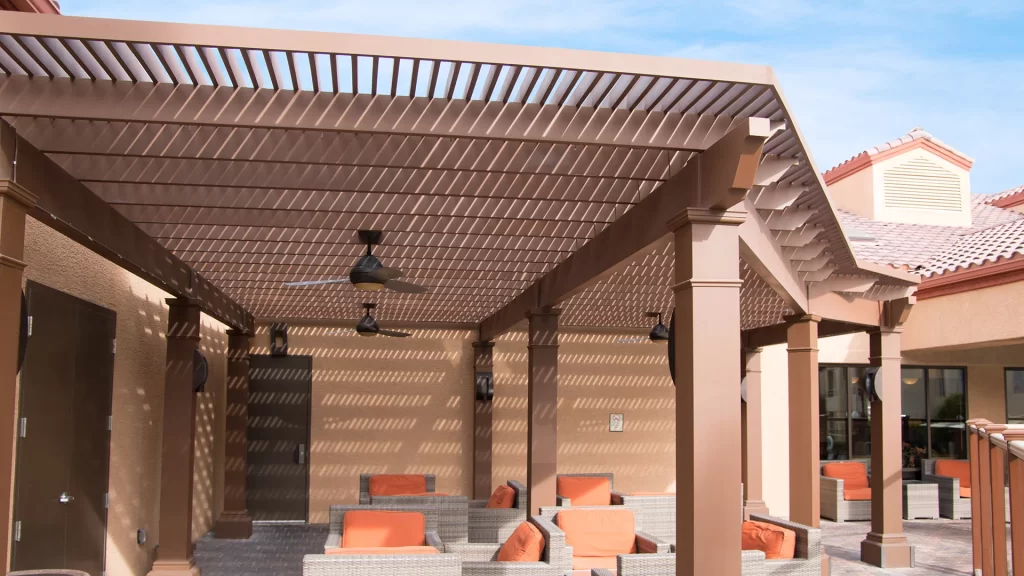
A brown finish helps a pergola blend in with the surroundings and adds a natural element to the patio or deck design.
Yellow Pergola
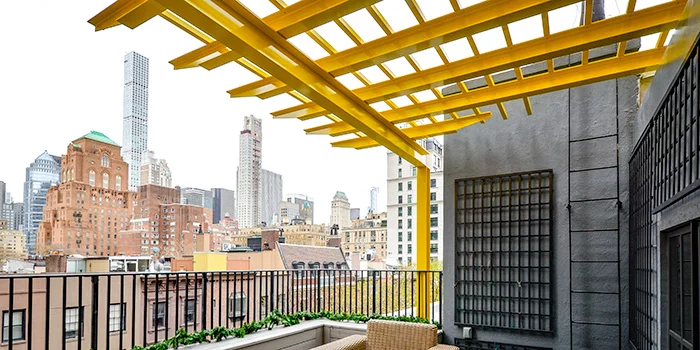
A yellow pergola creates a pop of color that can enhance drag surrounding or up the game in a colorful setting.
Sizing Your Pergola Plans
Sizing a pergola comes down to the project’s specific needs and fitting the space available. The pergola size is typically determined by the dimensions of the top structure, however column placement is a crucial requirement. The width of the pergola is the length of the beams that are supported by the columns and the projection of the pergola is the length of the rafters.
If you know the placement of your columns, then you would measure column center to column center and add three feet to calculate the width and/or projection of your structure.
Pergola Uses/Function
More than just a shade structure, pergolas serve a variety of purposes.
- Create an outdoor space – whether in a residential or commercial setting, a pergola provides an extension of living, or gathering spaces. For a home, a pergola creates a space that allows homeowners to enjoy the outdoors with additional shade and privacy. In a commercial space, pergolas define the outdoor space, encouraging people to gather.
- Increase home or property value – adding a beautiful and functional structure in a residential or commercial setting can up the home or property value, making a pergola a great long-term investment.
- Space upgrade – the inclusion of a pergola in a landscape, patio, or deck design is an immediate space upgrade. Visually, it makes an impact, defining the space and allowing for custom elements such as architectural screens and canopies that enhance the rest of the design. Practically, it allows for the comfortable use of spaces that may otherwise go unused.
Residential Pergolas
Pergolas for residential use serve a wide variety of functions. From defining an outdoor space and creating an outdoor living and dining area to providing additional shade and privacy, pergolas can up the value of a home while simultaneously upping the quality of life and use of space.
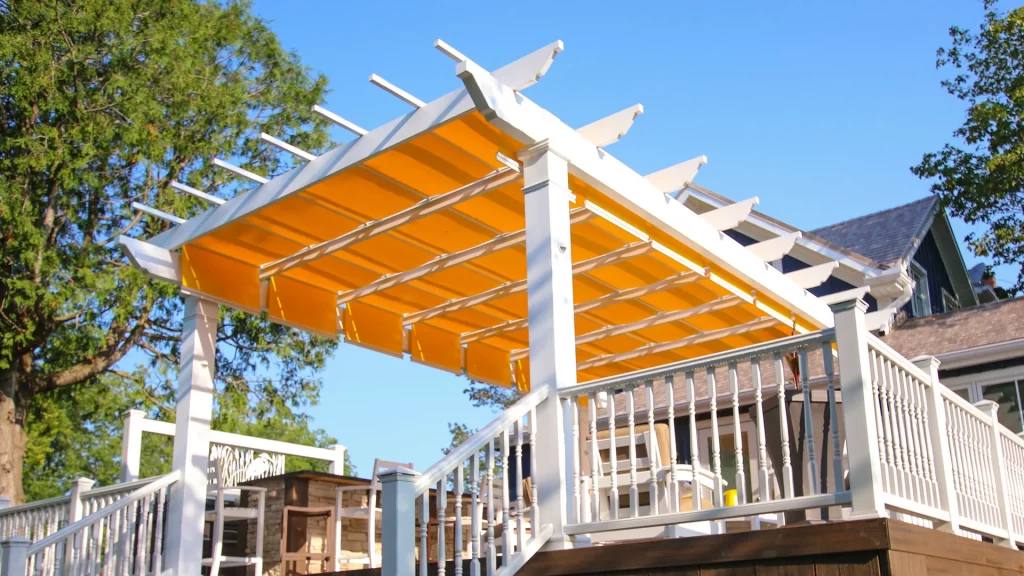
This beautiful white pergola incorporates a pop of orange in a fabric canopy.
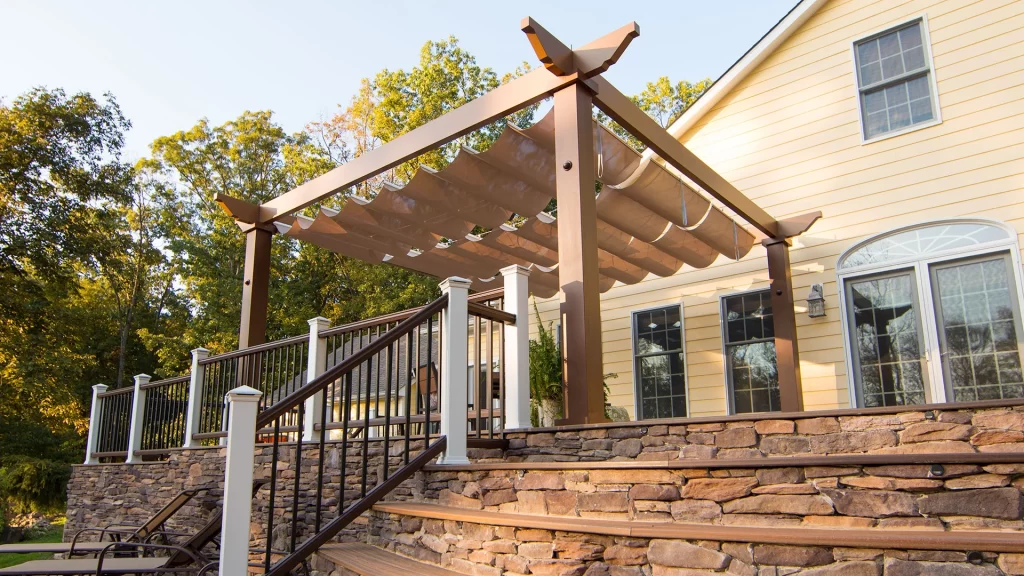
With a retractable canopy that mixes well with the stone patio, this modern pergolas has an understated but gorgeous design that compliments the outdoor space.
Commercial Pergolas
Commercial pergolas can be used in a wide variety of applications, from creating outdoor seating and dining areas at an apartment complex or living community to providing shade on a bar or restaurant patio. Commercial pergolas can take a standard pool deck to cabana level and create additional defined gathering spaces for college campuses, hospitals, and much more.
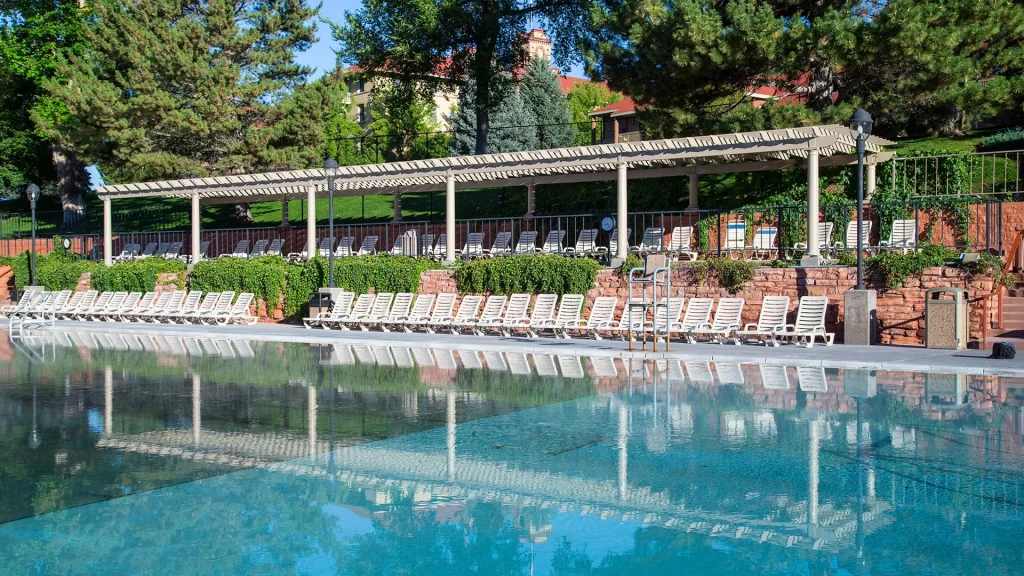
Pergolas are the perfect way to create shade on a pool deck where pool-goers can take a break and relax before jumping back in.
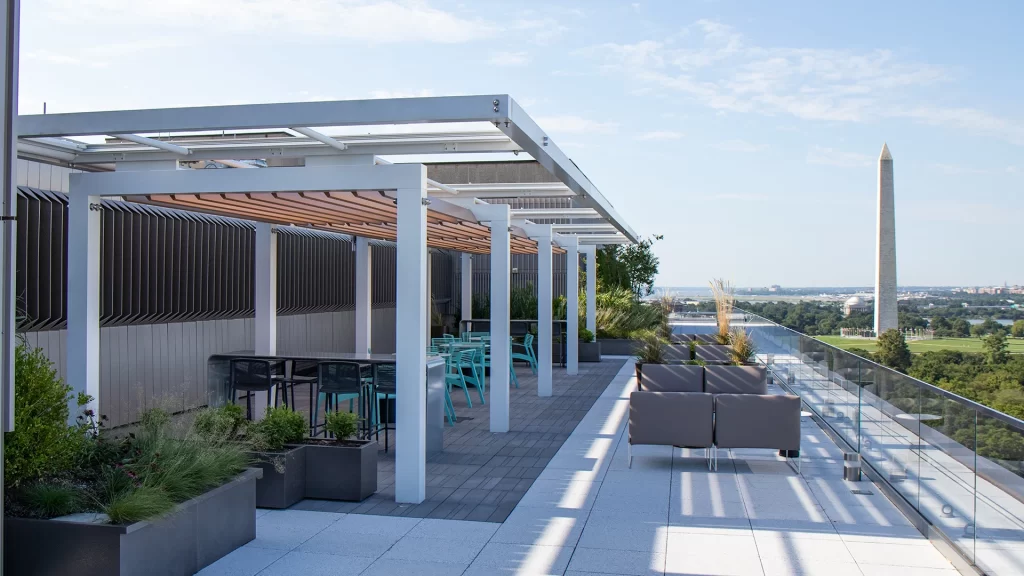
A custom shade structure creates an interesting visual element while providing shade on a rooftop outdoor patio.
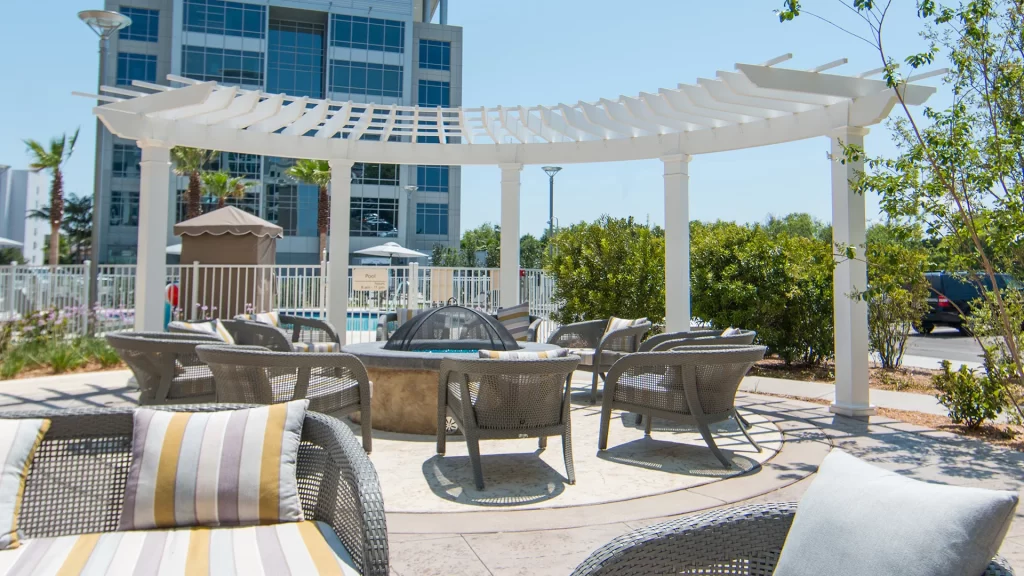
Engineering Pergola Designs
In designing a pergola for the specific location, engineers will take into account ground conditions such as frost levels, the type of patio or deck to which the pergola will be attached and location of pool aprons. Weather factors are also considered, including wind speeds, snow loads, potential seismic activity and ice conditions in the specified area.
Using CAD and 3D modeling, a rendering of the pergola can be created that allows you to visualize the final design.
While not all pergolas need to be engineered for residential use most all commercial projects require an engineered structure for public safety. Safety is the number one priority during pergola engineering.
Pergola Accessories
Adding accessories to a pergola design can enhance the experience and create a customized retreat for both residential and commercial applications. In some prefabricated pergolas, wiring can be incorporated into the pergola design, allowing for easier installation of accessories.
Lighting
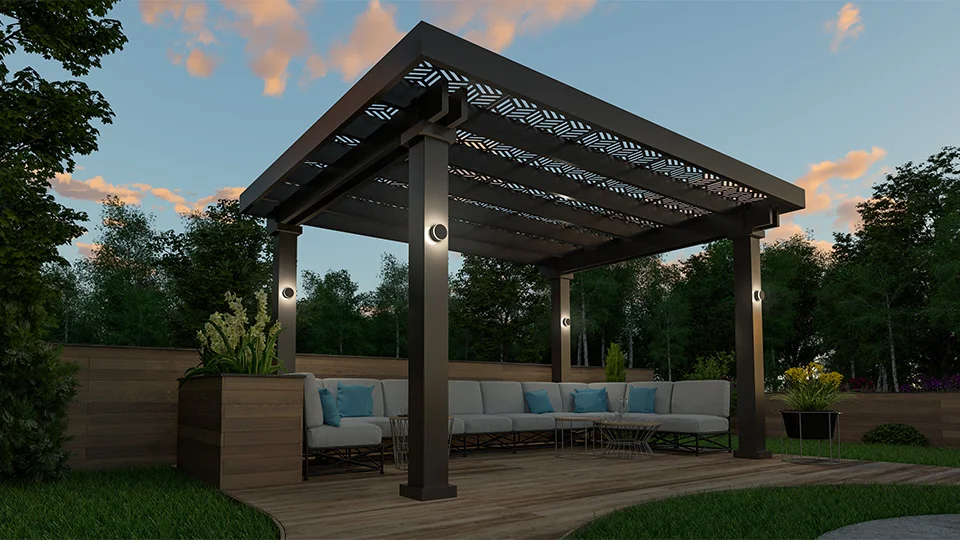
Adding lights to a pergola is not only practical as it allows for pergola use at night, it is also a way to add ambiance to the structure and create a beautiful and peaceful experience. The options for lighting are wide ranging. Here are a few ideas:
- Flood/Spot lights: Adding a flood light to the pergola design as in the example above creates pleasing pools of light without becoming overwhelming.
- Pendant lights: Pendant lights that dene or enhance the design and aesthetic of the pergola can be hung from the structure. Available in nearly any style or design, there’s sure to be one that works perfectly.
- String lights: String lights are an easy addition to a pergola design as they can be attached to the structure or wrapped around the beams, rafters, and stringers. These lights create soft lighting that adds a relaxing element to the outdoor space.
- Hanging lanterns: Hanging lanterns come in a variety of styles and colors to complement and enhance the existing design.
- Chandelier: To make a real statement and dene the space, a chandelier can be added that uses either lights or candles. This addition adds elegance to the pergola while enhancing the design.
- Column mounted lanterns: Mounting lanterns to the pergola columns is a great way to dene the outer structure while inviting soft lighting into the seating or dining area.
All of these ideas can extend the number of hours that a pergola can be used throughout the day and create a lovely atmosphere for swimming, conversing, dining, or just relaxing. When choosing lighting, make sure that it is safe for use outdoors.
Heaters
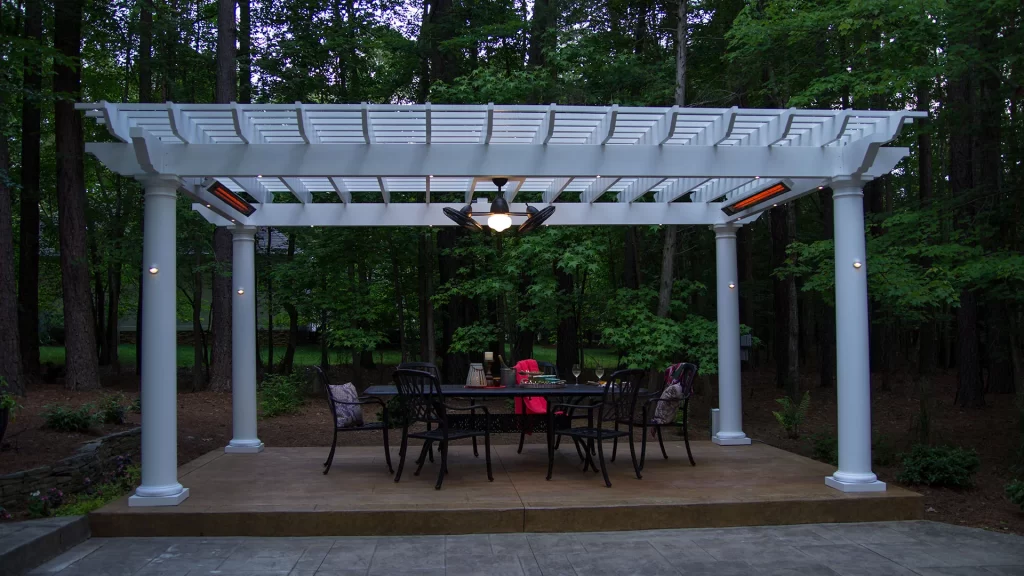
In many areas, as fall and winter set in, pergola use declines with the cold weather, and chilly spring air can delay use of a pergola, but including a heater in the pergola design can extend the time the pergola can be used throughout the year. Heaters are also great for chilly summer evenings or cool rainy days.
The addition of an electric infrared heater will allow for extended use of the pergola into the cooler weather of spring, fall, and even winter. Infrared heaters use radiant heat to warm objects rather than warming the air which will just blow away.
A gas heater is also an option to provide warmth under a pergola and extend the length of time it can be used throughout the year.
Fans
Fans are an accessory that serves multiple purposes. The light breeze they provide not only cools the outdoor living space, but it also helps keep bugs away. Choosing a fan with incorporated lighting also allows for extended use of the pergola into the nighttime hours.
Because the roof of a pergola is open, choosing a fan that is rated for wet conditions is essential to creating an enjoyable and long-lasting outdoor experience.
Pergola Installation/Building Method
There are two primary ways to construct and install a pergola.
Building a Pergola/DIY Pergola
A field built or do-it-yourself pergola can be constructed by a homeowner or by a professional crew. Using this method to build a pergola means that after the pergola is designed, materials need to be purchased and transported to the site. Materials are then cut to size and the pergola is built on site.
Pros: Designing a pergola, purchasing materials, and building the pergola on site gives the home or business owner complete control over all aspects of the pergola.
Cons: In this case, the pro can turn into a con quickly. Without professional experience in pergola construction, materials can be wasted during the measuring, cutting, and installation processes creating additional cost. Labor costs also increase if hiring a crew as they have to cut materials before beginning construction.
Without professional experience, it could be easy to underestimate or overestimate the strength of the pergola, leading to issues if it’s unable to handle weather conditions.
Generally, field built pergolas are constructed with wood, taking away the durable options of fiberglass, aluminum, cPVC, and vinyl that a prefabricated pergola offers.
Prefab Pergola
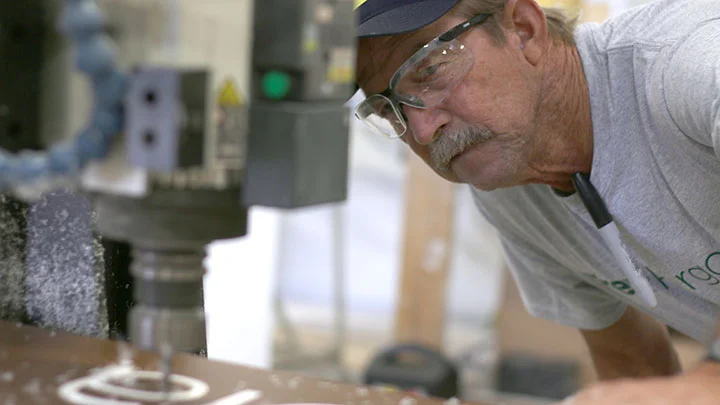
A prefabricated pergola is designed by an expert team of designers and engineers. Pre-cut and pre-drilled materials are then shipped so they can be installed on site.
Pros: Prefabrication allows for quick and easy installation. All materials come included, so all the homeowner or crew needs to do is assemble the pergola on site. Working with professionals means that the pergola can be customized to fit specific and unique design needs, and the pergola will be designed to withstand the elements.
Prefabricated pergolas are available in a variety of materials that allow for more durability and less maintenance than a wood pergola. Fiberglass, aluminum, cPVC, and vinyl are all options for a prefabricated pergola that can create a customized design with low maintenance needs and a long life.
Cons: Choosing a prefabricated pergola means that coordination and communication is necessary between the home or business owner, the design team, and engineers.

Pergola Design and Pergola Ideas
A multi-level pergola adds depth to a design and creates a beautiful visual statement.
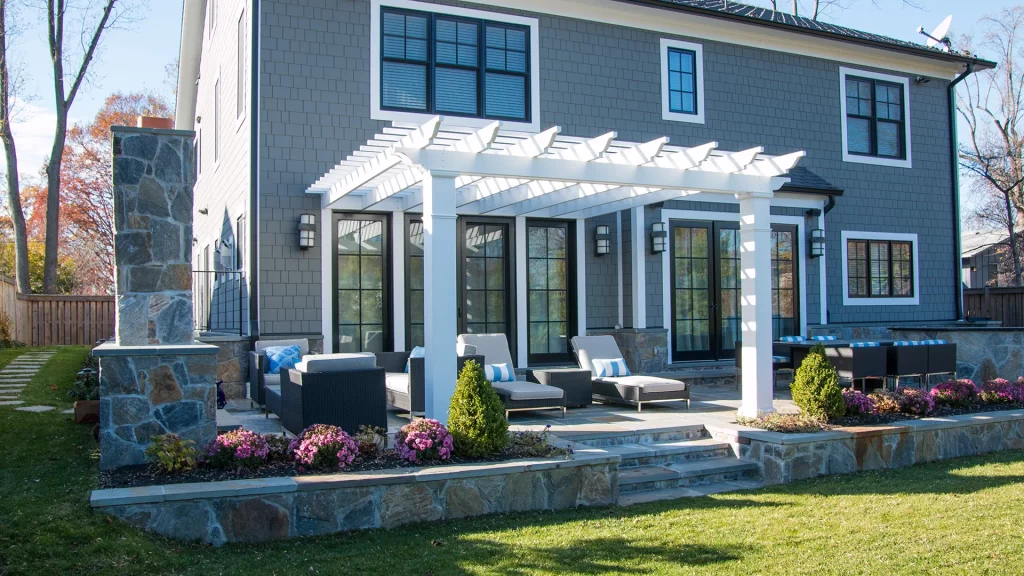
A pergola added to a stylish raised patio further elevates the landscape design.
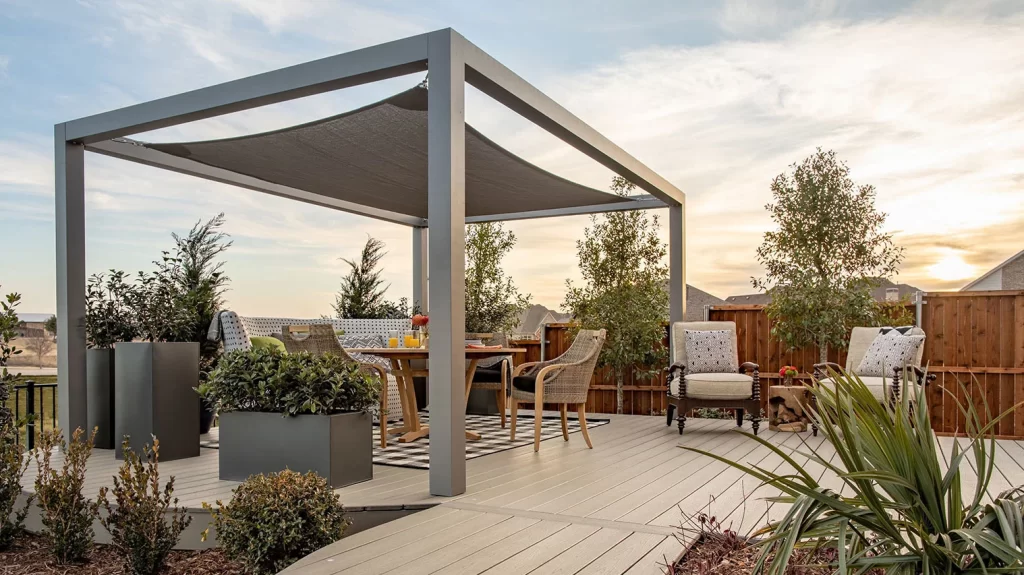
Choosing a sleek and modern pergola design with an added shade sail for increased sun protection makes an outdoor seating area a delightful place to relax and chat.
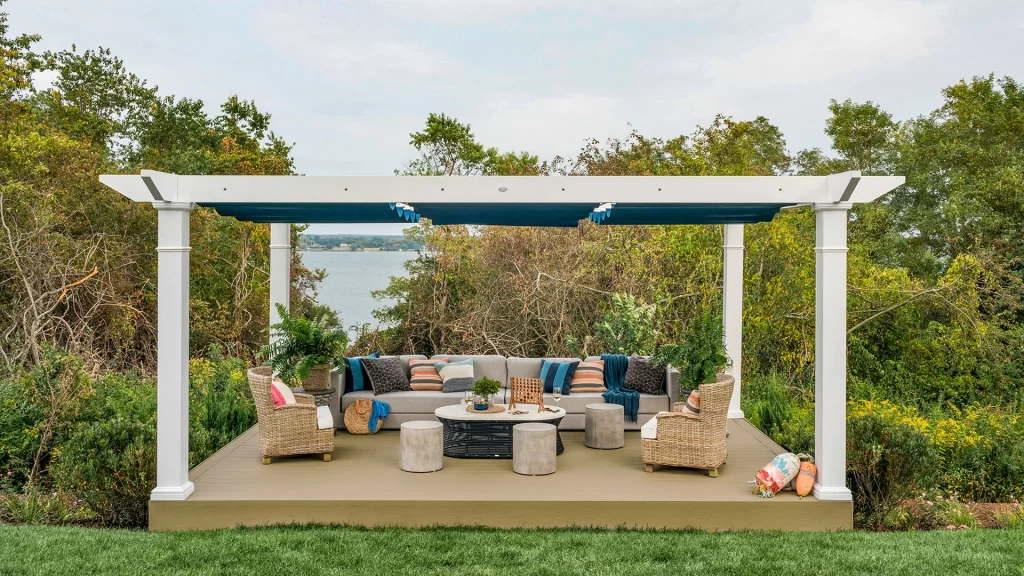
Retractable canopies make for a customized shade experience.
Pergolas can deviate from traditional designs and incorporate custom design elements. Custom pergolas ensure a design wholly unique to your needs, ensuring the perfect look and utility.
A Perfect Choice
Pergolas offer the perfect choice to create a shaded outdoor area. Ideal for both residential and commercial applications, pergolas provide nearly endless options for customization, including finishes, end styles, rafter spacing, column design, size, and material. These customization options allow the pergola to t seamlessly into any design style whether contemporary, modern, or traditional.
Choosing aluminum, cPVC, fiberglass, or vinyl as the pergola material creates a structure that is virtually maintenance free and that will stand up to harsh weather conditions without fading, chipping, or splintering. Wood is also an option for a pergola, but it comes with added maintenance and upkeep.
Adding a shade sail or canopy to a pergola gives the option of creating additional sun, rain, and wind protection to increase the comfort level and convenience of the pergola.
Another option for creating a sanctuary with the pergola is to include shade screens, architectural screens, curtains, a trellis, or vines to add privacy, additional shade, and an interesting element to the pergola design.
Regardless of the needs that the outdoor structure must meet, a pergola can meet and far exceed your expectations.
